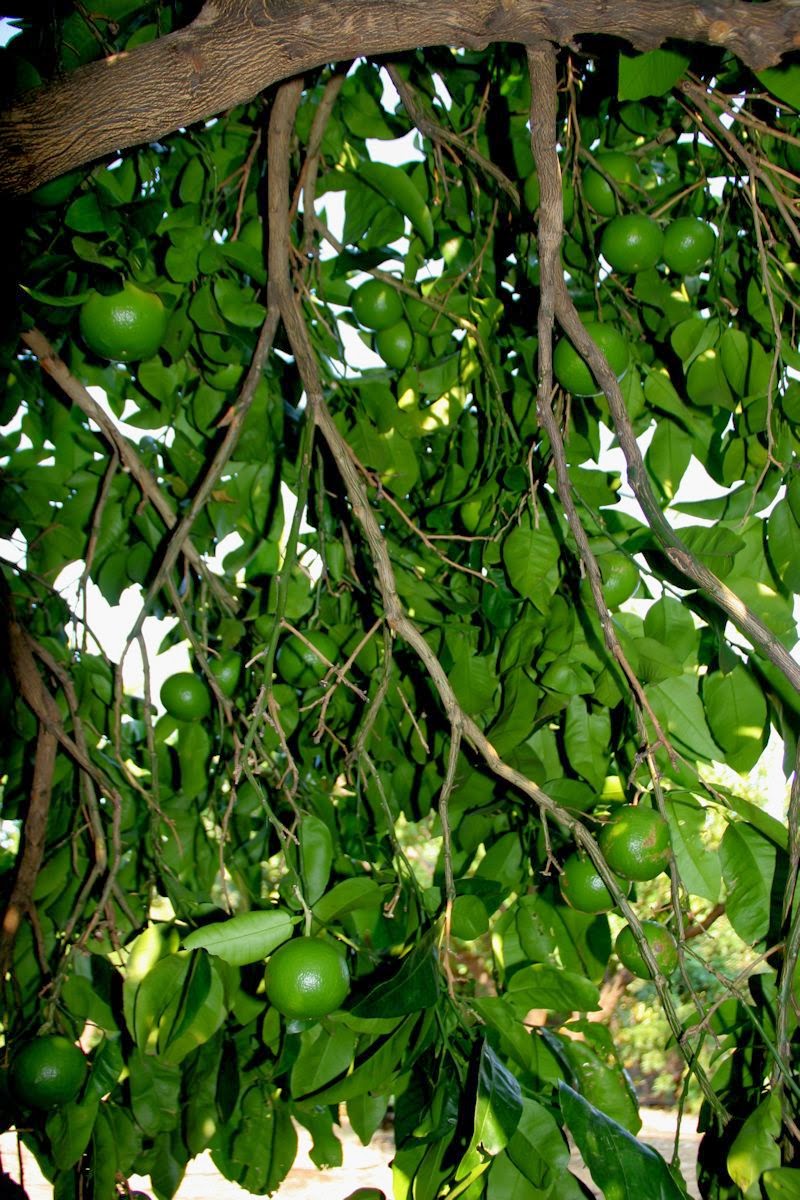As I write this we are in the middle of a wonderful rain storm, a real one with the rainfall measured in inches instead of fractions of an inch. The feeble and disappointing showers of October and November dropped only tiny amounts which barely wet the soil surface, doing nothing to quench thirsty plant roots. So after a solid inch of rain a week ago, 1.35" yesterday and 1.3" so far today with more expected tonight and tomorrow, we are practically euphoric!
Now, such excitement over rainfall statistics may seem odd to city dwellers but it is the norm for most rural folks who depend directly upon life giving rain for growing plants, crops, raising livestock and replenishing aquifers. This time of year typical conversations between country neighbors include such statements as, "It looks like we should get some rain next Tuesday, what have you heard?" Or, "I got six tenths of an inch out of that last rain, what did you measure?" I can always count on a couple of neighbors to phone or stop in after a rain to compare notes.
So the rain gauge pictured above is the essential tool of the trade for tracking progress during the rainy season. I've maintained rainfall records here every year since 1971. During that time we have averaged 35" of rain per season, with the wettest year getting 65" and the driest only 11". Multiple dry years in a row, such as we have had the past three years, are what really cause problems. Deep soil moisture diminishes, stressing trees, and shallow wells go dry as aquifers dry up.
I sometimes have to shake my head at the inane comments of TV newscasters, who, after a small storm will announce that "experts say this will not end the drought." Gee, do you think? Let's see, after three below average rainy seasons, with lake levels and aquifers drastically low and farm fields withering they conclude that a couple of early small rains did not fix it all? Who knew? When water always appears reliably at the mere turn of a faucet, I guess people lose perspective on where it really comes from.
So to put rainfall amounts into context, what does an inch of rainfall accomplish? A good rule of thumb is that an inch of rain will wet the soil 6" deep. Our first four tiny storms were only about 1/4" each and weeks apart, so their meager moisture only soaked in for an inch or so and quickly evaporated. Finally we got a 1" storm followed quickly by 1"+ a week later. So that 2"+ was enough to soak down about 12". I took the picture below just after that second inch had fallen, and sure enough the soil is wet about a foot deep. But notice the dry soil at the bottom of the hole. Even though the top of the ground is plenty damp and the cover crop is growing nicely, moisture has not yet reached the root zone of the orchard trees. So despite a verdant green orchard floor the trees still suffer from bone dry soil.
 |
| 2" of rain has wet the soil 12" deep, but here the soil is bone dry below that |
And so the cycle goes: we're hopeful for early and ample rainstorms through fall and winter, we celebrate each additional inch measured in our gauge like some people cheer on sports teams, we hope it keeps coming well into spring, then we endure another long dry summer and start the cycle over again. But for the moment we are happily breathing lungfuls of fragrant moist air and relishing the beautiful music of rain pounding our metal roofs. Our faith in the weather is temporarily restored.
Here are some sights we're enjoying lately:
 |
| The last of our fuyus are picked and in the cooler for sale |
 |
| Dripping branches give me a break from pruning until things dry out |
 |
| The legume-mix cover crop is jumping out of the ground |
 |
| Apricot leaves decorate the orchard floor |
 |
| Approaching storm clouds give us beautiful sunrises |














































